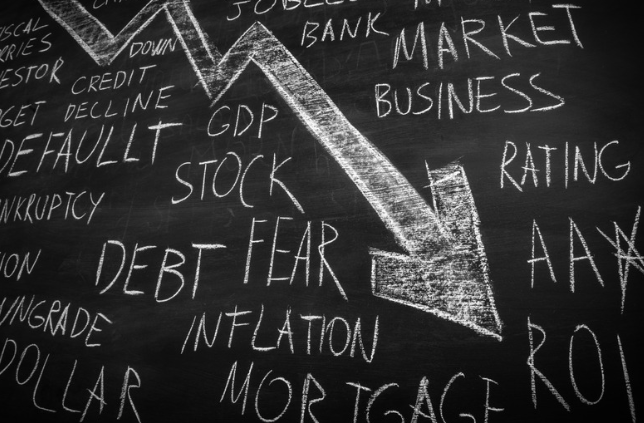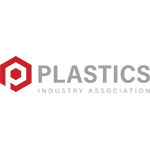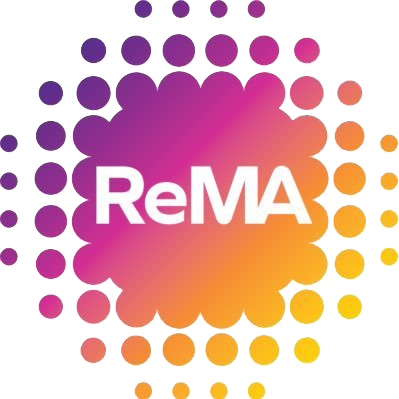The Small Business Optimism Index, a monthly survey conducted by the National Federation of Independent Business (NFIB), offers a vital snapshot of the health and sentiment of the U.S. small business sector.
Often used as a leading economic indicator, the index provides valuable insights into the economic outlook, consumer spending patterns, and the overall business climate.
How does the Index work?
The index is based on a survey of small business owners across the country. These business owners are asked a series of questions about their current business conditions, expectations for the future, and their plans for hiring, investment, and inventory. The responses are then aggregated to create a composite index, with a score above 100 indicating optimism and a score below 100 indicating pessimism.
September NFIB Survey: Main Street Uncertainty Reaches All-Time High
The Optimism Index rose by 0.3 points in September to 91.5. This is the 33rd consecutive month below the 50-year average of 98. The last time the Optimism Index was at or above the 50-year average of 98 was December 2021. The Uncertainty Index rose 11 points to 103, the highest reading recorded.
“Small business owners are feeling more uncertain than ever,” said NFIB Chief Economist Bill Dunkelberg. “Uncertainty makes owners hesitant to invest in capital spending and inventory, especially as inflation and financing costs continue to put pressure on their bottom lines. Although some hope lies ahead in the holiday sales season, many Main Street owners are left questioning whether future business conditions will improve.”
In remarks accompanying the report:
“Other measures present an even bleaker picture. The percent planning capital expenditures fell 5 percentage points to 19 percent, the lowest reading since April 2023. Since 1986, the average percent making expenditures is 29 percent. More firms reported reducing inventories than adding to them, a net negative 12 percent, the worst reading since May 2020. The average increase in employment per firm was 0.01 workers, unchanged from the prior month. Job growth has been very weak on Main Street. Job openings have been historically high, but most firms trying to hire report few or no qualified applicants for their open positions. The average interest rate reported on loans rose above 10 percent. The last time it was this high was February 2001. However, few complained that they could not get the credit they applied for, and availability is more important than credit costs.”
In conclusion, the Small Business Optimism Index offers a valuable perspective on the state of the U.S. economy. As uncertainty reaches historic levels, the election will trigger adjustments to plans once the results are known. The services sector is still holding up, while manufacturing and housing remain weak. In a few weeks, the picture will become clearer for Main Street firms.





